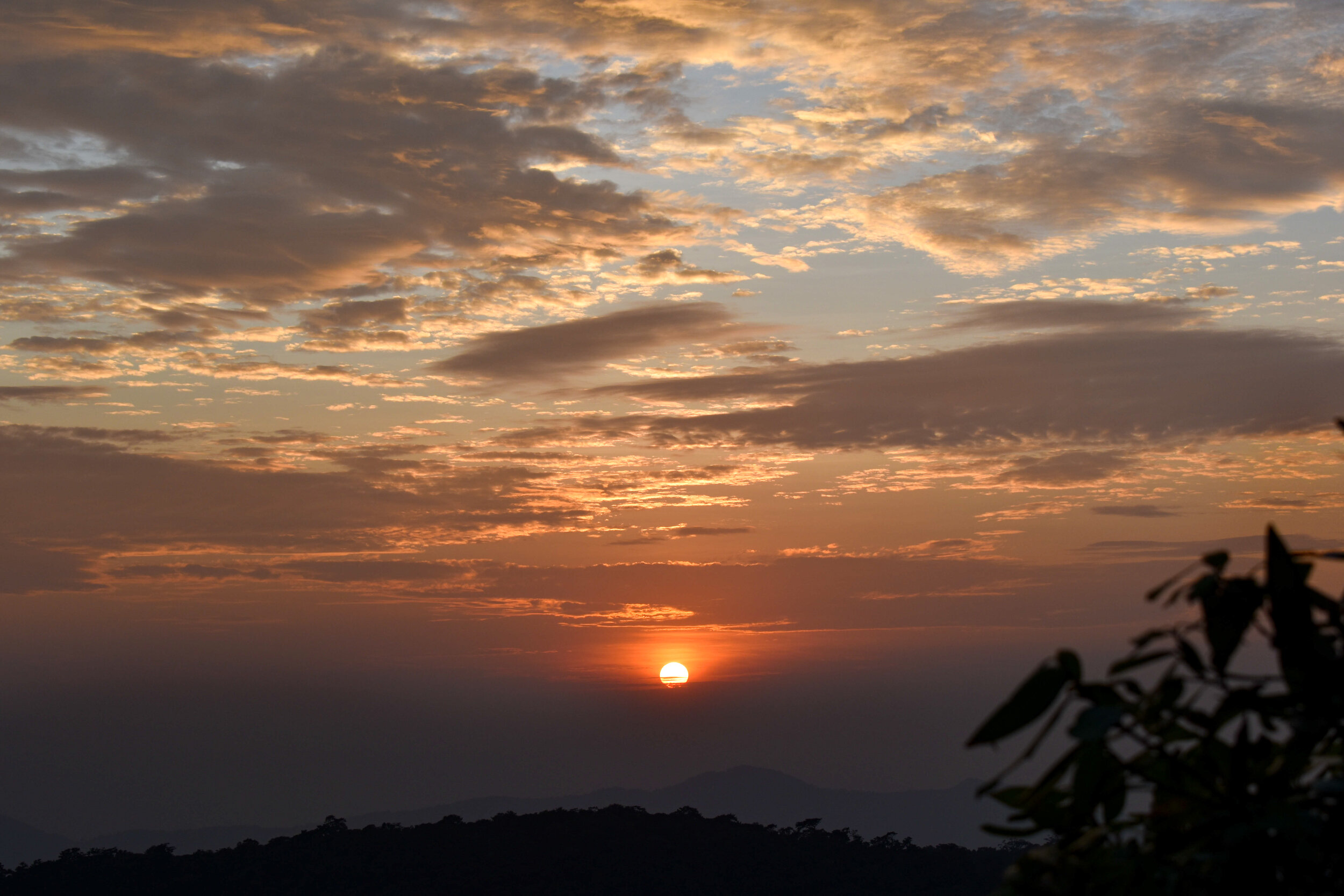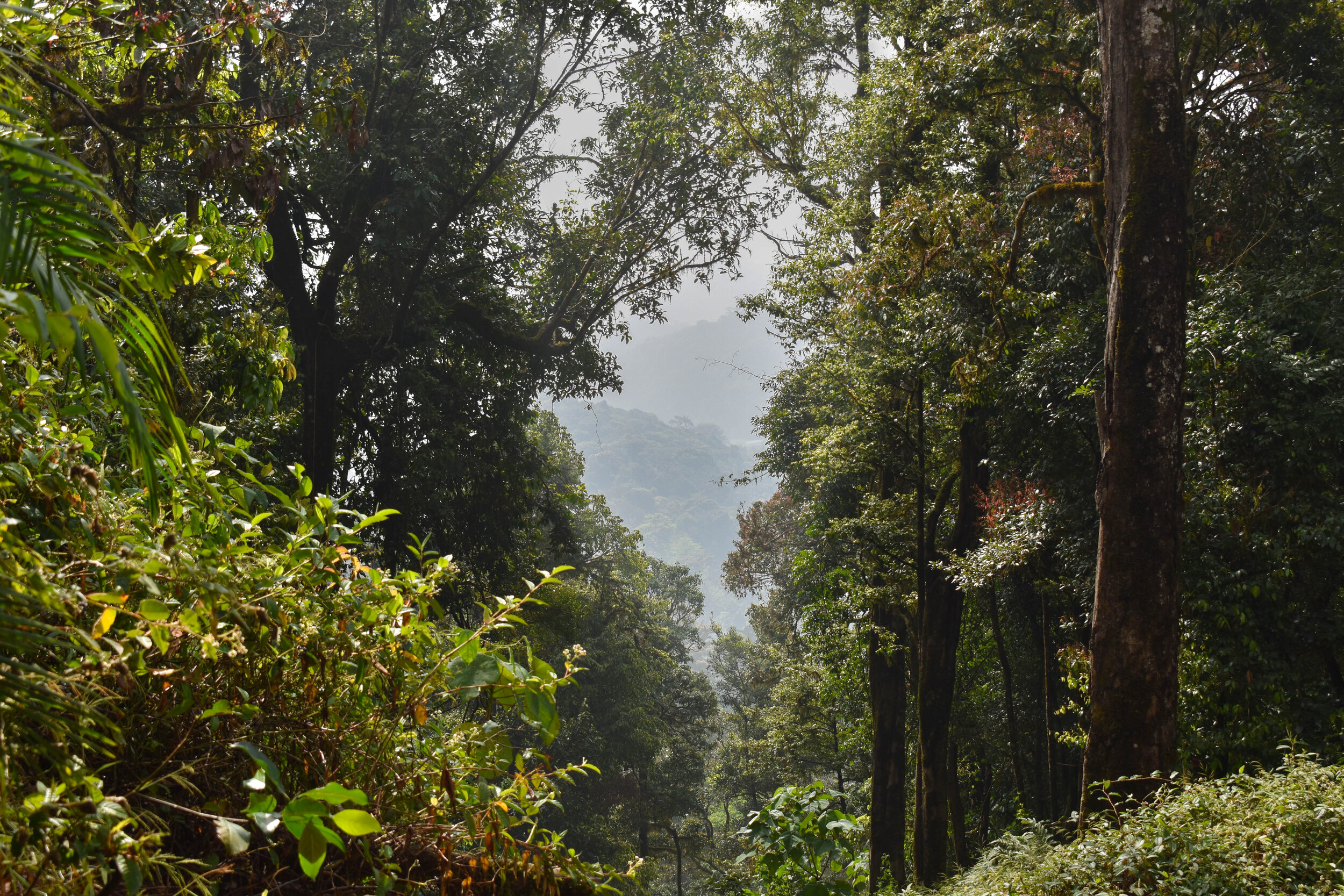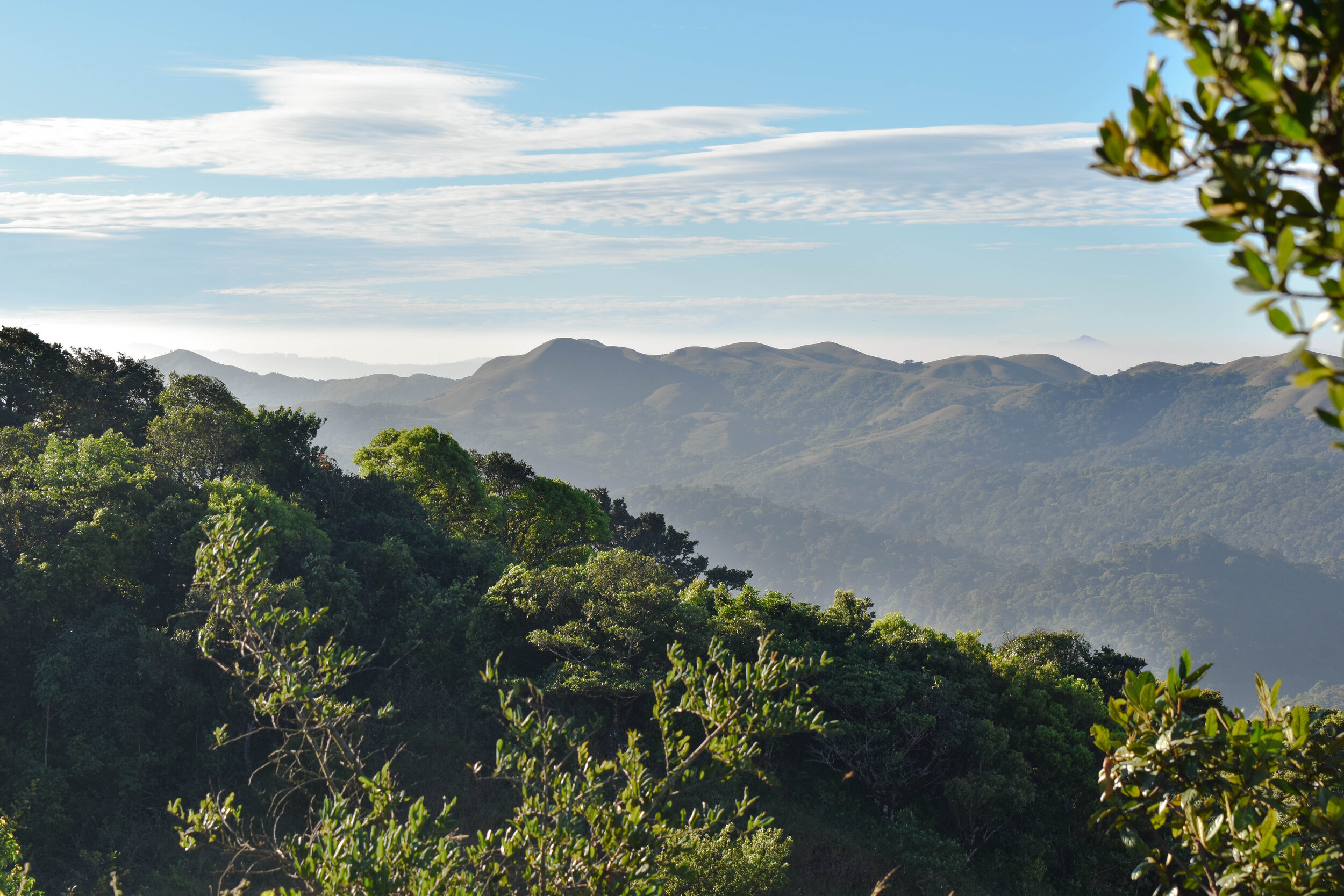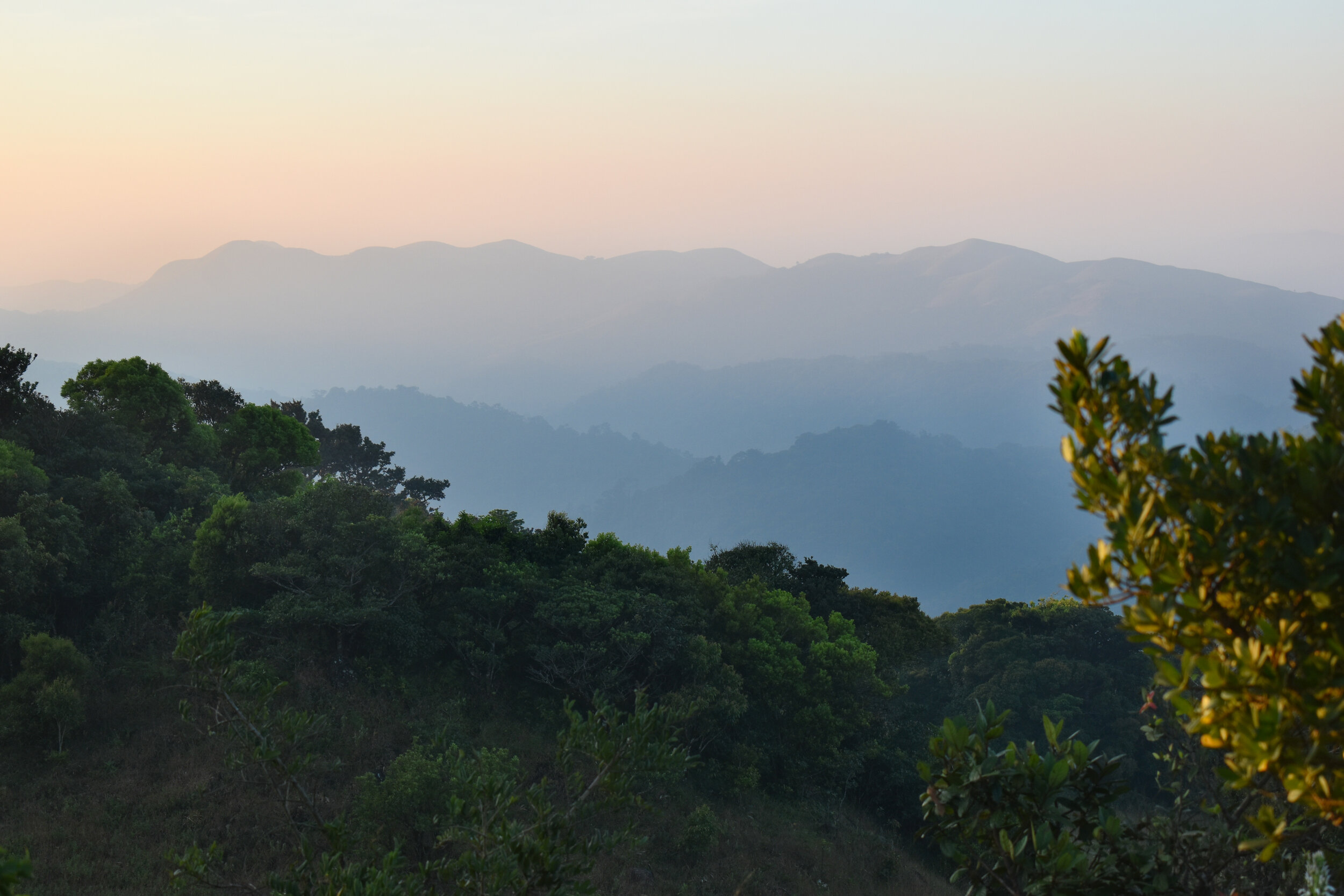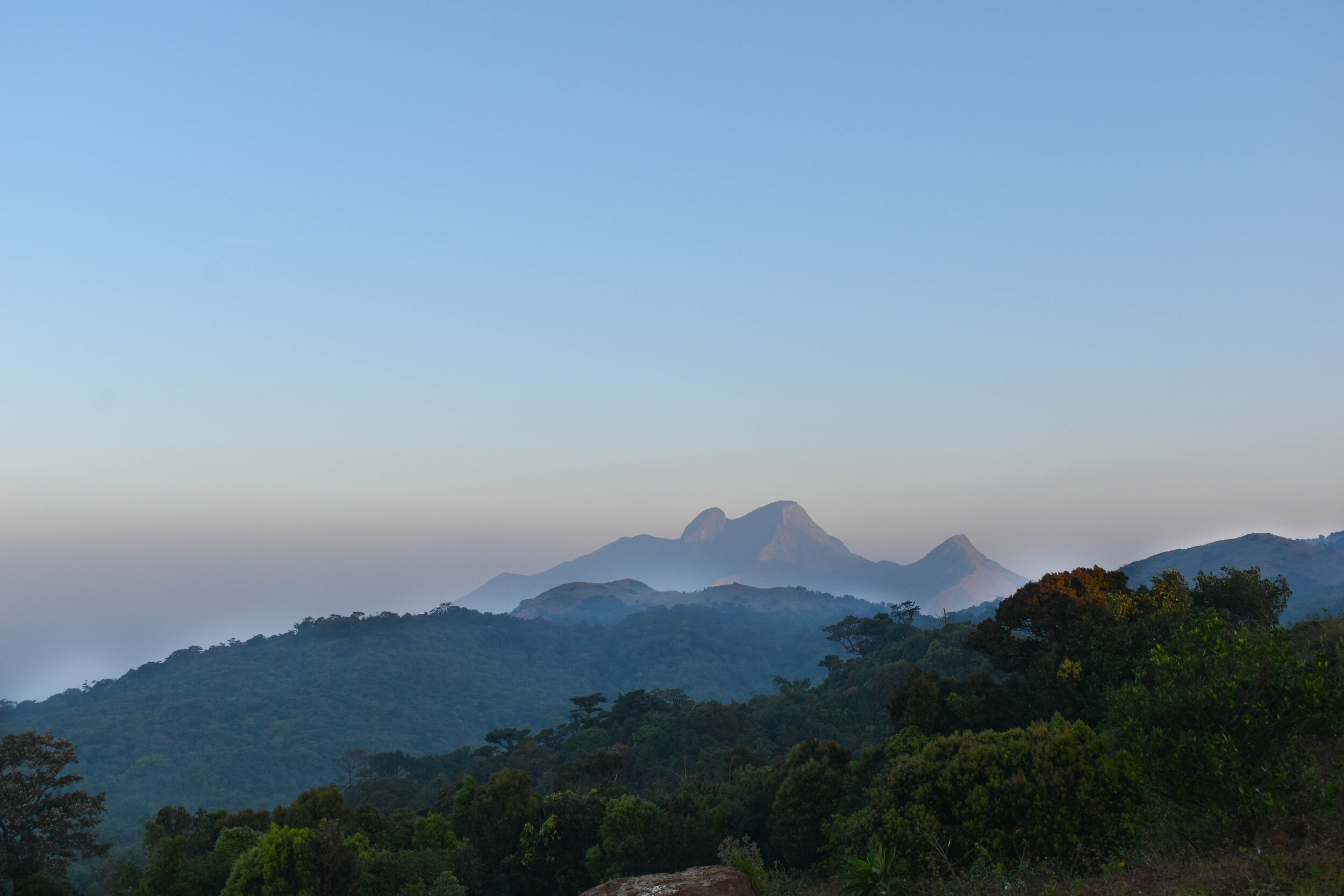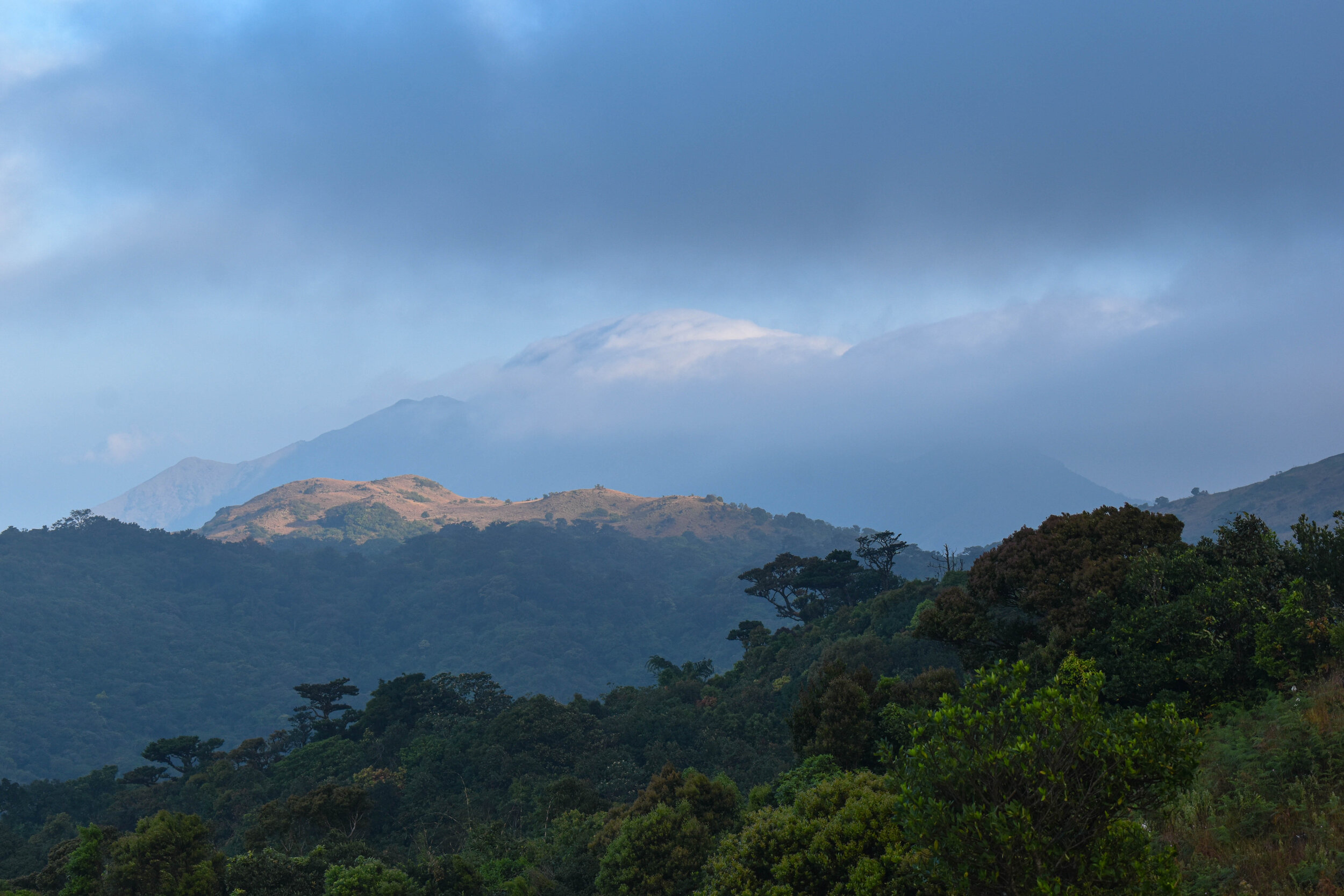Hammiyala, India

The trope of the everyday modernized man romanticizing a life of solitude, away from society and one with nature, is surprisingly commonplace across cultures and societies that there’s a case to be made for the inherent allure of isolated living. However, most that truly undertake such an endeavor often arrive at a point of comfort that best suits their lifestyle - think a summer cabin in the woods, or a native village to visit during the holidays.
But how many of us can tolerate being truly cut off, and for how long? And not just in a boomer-lose-your-internet-or-phone sense - but without even access to public electric grids or water sources, and to truly live off the land - not in some stranded wilderness survival scenario, but as a complete way of life?
The last thing I intend to do in this piece is to over-romanticize the lives of the natives of Hammiyala, Coorg, India; Coorg itself being my native home, I’m well aware that the harsh conditions of isolated rural life are rarely a choice. But there is something admirable and deliberate in living off the land, isolated, in a very absolute sense.
I first climbed 2/3rds to the peak of one of the central mountains of the region in 2016, and it’s a trek I still remember fondly. With no trail or path to follow, we needed the help of one of the natives to ensure we wouldn’t get lost. With no GPS coverage, we could only use landmarks and old-school magnetic compasses to navigate. The jungle was dense and hostile; I remember pulling thorny seeds that cling to anything they touch out of my clothes for hours after returning. The reason for our stopping before getting to the peak was the loud grunt of a wild boar, protecting its territory on the only way further up - a good indicator of how wild the land really was. Many of the other less aggressive animals we sighted simply stared back intently - we were probably the first humans they saw.
The second time I visited, the place had gained some minimal tourist attraction, prompting the natives to fashion a basic path to climb to the peak. This time, with more time to talk to the natives, was the first time I learnt of their dual lives - many would go out into the city or towns - with all its modernities and comforts, like readily available water and electricity, which many would experience for the first time - to work or study for a period, and then return to live in isolation for the rest of the year, and repeat the cycle next year.
There was nothing inherently alluring about living in a developed, connected town or city to most of them - and all the comforts of modern living, which they agreed were convenient, were never considered essential. Conversely, while they would readily admit that their native homes were peaceful and beautiful, they did not find any intrinsic romanticism to living completely isolated either; quite simply, it was just their home, and they lived there.
Nonetheless, the region still sees exponential modernization today, and its growing popularity has certainly diminished the feeling of truly being in the middle of nowhere and off the grid I had when I first visited in 2016. But the perspectives of its natives certainly puts into context much of rural India’s rapid advancements, and how the native populations often don’t even have time to react before the places they call home have become fully integrated into modern society- with the expectations of work, commodification, dullness, and opportunity that they bring.

